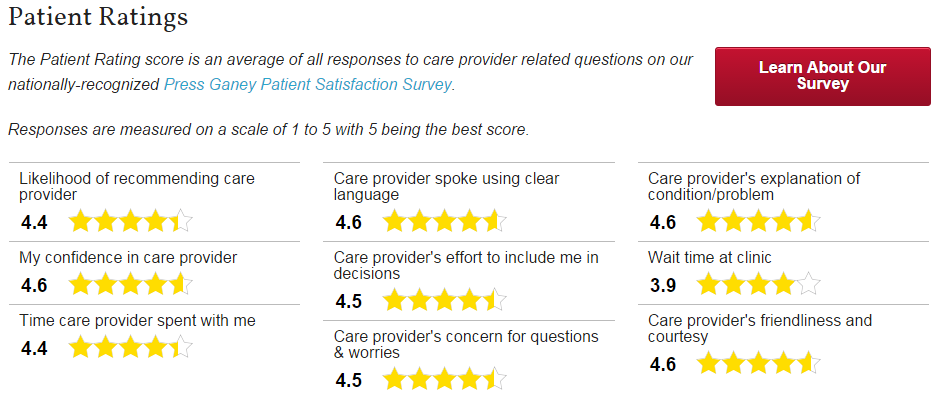Blog Post
Insight: Choosing Physicians – More Information Is Better
By: Anna Bergevin
In graduate school, I took a class on health economics where I learned about many of the barriers and challenges providers and consumers face in health care markets. Often in such conversations the notion of information asymmetry is raised. Information asymmetry refers to the imbalance in information between consumers and providers. In health care, providers (hospitals & physicians) have better information regarding the product (medical services) than the consumer does. Markets function better when we can reduce such asymmetries.
The University of Utah Health Care system has taken one significant step to provide consumers with better information to guide one critical health decision – choosing a provider. While as individuals we can rely on government licensing requirements to be sure providers meet minimum standards – other factors that influence our preferences may be harder to assess:
-Does the physician have good bedside manner?
-Does this doctor tend to run late?
-Do they communicate clearly to their patients?
In 2012, the University of Utah Health Care system became the first in the country to publicly share the survey information it collects on patient experiences. For patients interested in using a University of Utah provider, this survey data can guide more informed decisions.
Certainly reviews of doctors exist elsewhere on the internet (Yelp, Google Reviews, etc.), but I personally have found this data limited and unsatisfying. Reviews are often sparse, response is affected by self-selection bias, and there is no verification process to ensure the user actually has any experience with that physician or facility. More reliable ratings require an adequate number of reviews from verified patients.
The survey system that the University of Utah Health Care system uses addresses these problems by using robust methodology. The surveys, which are emailed to all patients after their appointment, cover 20 questions about their medical experience, including nine questions that rate their doctor’s performance, and the opportunity to provide comments about their visit. No doctor performance is posted unless the doctor has at least thirty reviews, and overall, the University collects more than 50,000 of these surveys per year.
Feedback on doctor performance from these surveys has been very positive for the University Health Care system. The average doctor physician satisfaction rating is 4.7 on a five-point scale, one of the highest ratings in the nation. While a small number of comments are removed which are slanderous, profane, or inappropriate, 99.5 percent of feedback has been provided online, without editing. While certainly there are still some limitations to this model (such as non-response bias and difficulty capturing individuals without internet access), it is a huge leap forward in providing transparent accurate information to guide patient decisions.
Anna Bergevin is a research associate at the Kem C. Gardner Policy Institute.






